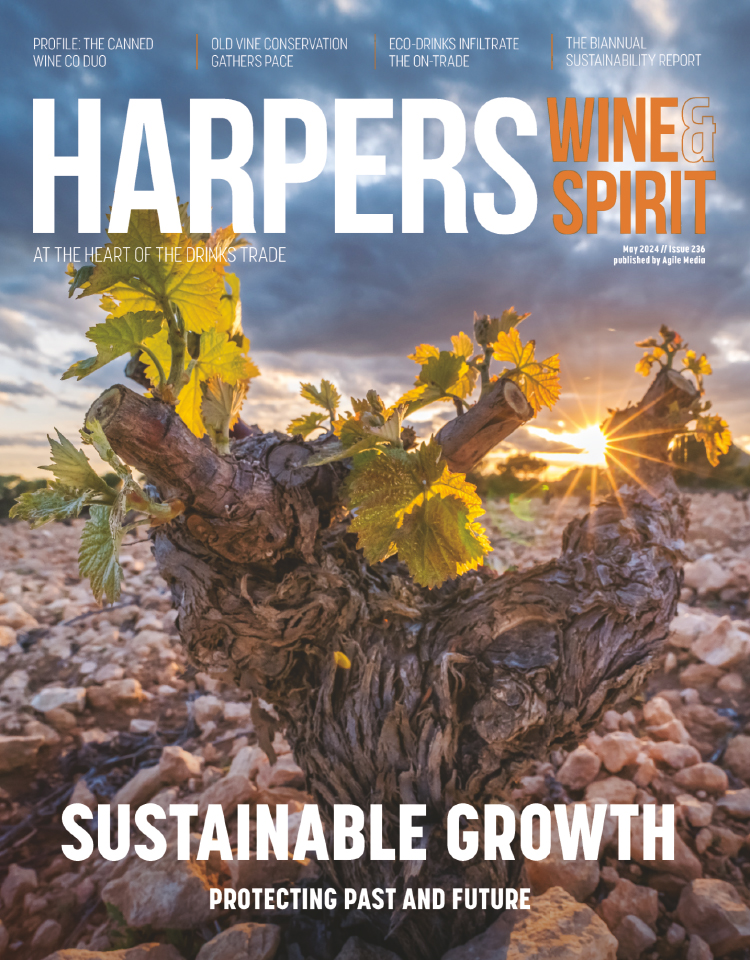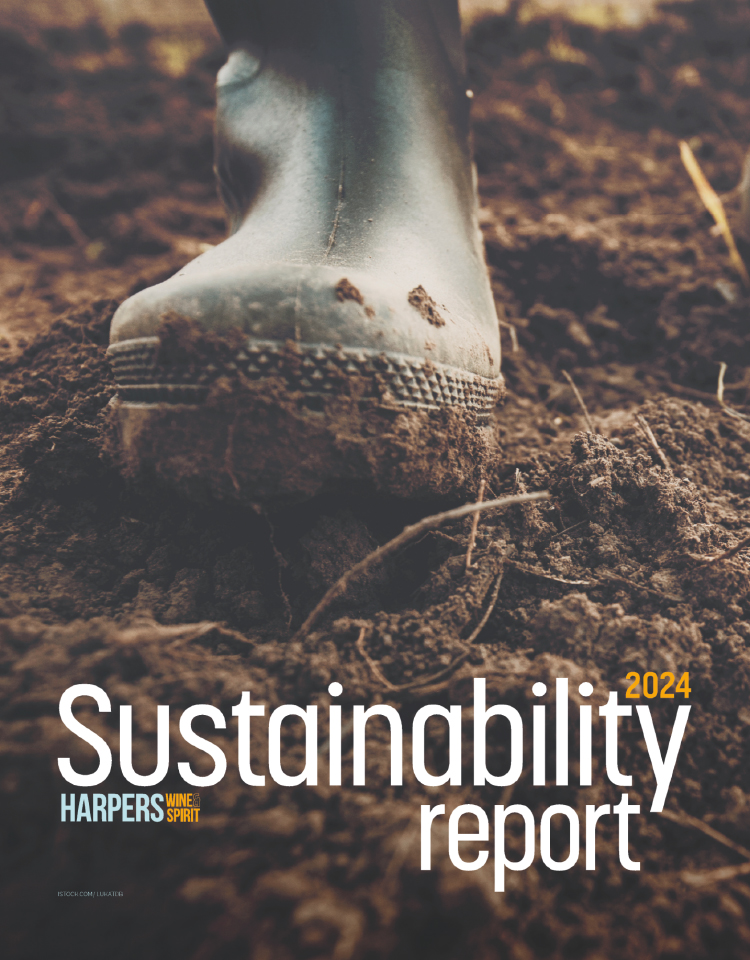
Friday read: The big spending squeeze – are your brands ready?
Yvette Flower, strategic planner at ZEAL Creative, looks at the future of premium beer, wine and spirits sales, and how brands can insulate against the rising tide of inflation.
The squeeze on our spending shows no sign of slowing. Food inflation is at the highest it’s been for 14 years (BBC), and the staggering rates of inflation haven’t escaped the attention of even the most affluent. So, what can a premium category, particularly wine, beers and spirits, expect when households are already tightening their belts and reducing expenditure, and how can it continue to engage anxious shoppers?
Price is relative
It would be ignorant to suggest that cost is not a key driver in these times – own label sales have already benefitted as shoppers look for lower cost alternatives to their favourite brands – but to view grocery budgets in isolation, is to miss a golden opportunity. Despite everyone’s readiness to get out in the world post lockdowns, four in five people are planning to eat out less to reduce the strain on finances (IGD). For off-trade alcohol, this is good news: regardless of price point, even a premium alcoholic purchase is undoubtably cheaper than a night out on the town. To frame retail purchases in the context of entertainment rather than a grocery shop suddenly makes an indulgent purchase feel possible. It’s not price itself, but the perception of it which is the clincher.
The truth about value
What is perhaps more influential than price, is value. Where the former determines what a brand expects from a shopper, the latter establishes what the shopper can expect from the brand. Where price is fixed, value is moveable and subjective. This gives premium alcohol a real foot in the door and should be incorporated into consumer messaging. It is an opportunity to change focus from price and apologising for increases to reminding consumers why it is worth spending extra. To say that with confidence, brands must truly understand what role their products play for consumers beyond simply function ie, something nice to drink. This means approaching shoppers with genuine empathy, tapping into what they really care about and positioning the brand and its range as part of the solution.
The economic landscape has spooked many brands into short-termism, in frantic attempts to protect their budgets, which are supported by occasional sales spikes. If premium alcohol is to keep shoppers, brands will need to be bolder and reassess how they are perceived at every point of engagement. Starting with:
- Honest self-evaluation to reveal what is truly distinctive and answer the age-old questions: ‘what do people want from you and why do they want it from you?’
- Understanding when people reach for certain products and what occasions they associate with the brand to work out how they can own that moment
- Consideration of what consumers truly care about and putting in the hard work to prove that the brand reflects those values
To leave that at the door and get stuck in the minutia of flavour profiles and ingredient lists will miss the defining characteristics that separate premium products from cheaper SKUs.
Not all sub-categories are equal
We don’t need to look into a crystal ball to see that some sub-categories will come closer to the chopping block than others. Champagne is the obvious example, having suffered losses across the board since inflation hit. As a sub-category that has flourished because of its exclusivity and premium status, it is now struggling for the very same reasons. Crucially, the high bar it has set itself in terms of occasion means consumers are finding fewer moments worthy of ‘popping open the Champers’ when it comes head-to-head with spending on essentials.
Despite the impact on Champagne, it’s brands in the squeezed middle across the board that will find themselves in dangerous territory. Premium items, occasion permitting, are positioned as a permissible indulgence, appealing to “treat behaviour”. Therefore, mid-priced brands that are neither a luxury nor a cheap buy will need to be especially quick to carve out an identity that doesn’t leave them wading in mysterious waters.
There is also the question of audience. Younger generations have been hit harder overall, and over 45s are still the most frequent drinkers (Mintel). Furthermore, no & low has made impressive gains with younger audiences, with under 35s most prepared to stop buying alcohol altogether. What does this changing shopper behaviour mean for brands?
- For sub-categories that over-index among Gen Z, for example, brands will have to work that bit harder to ensure they don’t drop off the shopping list
- Audiences that buy less often will likely be willing to splurge that bit more when they do. Brands that manage to prove their worth will succeed.
Judging a book by its cover
A US based survey found that a whopping 82% of wine shoppers purchase bottles purely based on the label (WineNet). In the absence of expertise – and most shoppers lack sommelier training – an appealing look is the most reliable shortcut to win sales. Perceptions are that brands who put energy into packaging, put energy into producing quality contents, too. Take 19 Crimes and its ‘living labels’. Giving consumers an opportunity to interact with the story behind the bottle has offered shoppers additional value and helped to set themselves apart from other bottles on the shelf.
It’s a concept that holds when it comes to gifting. When generosity is up for judgement, perceived price is king. Shoppers will buy what looks most expensive. If the label elevates a product beyond the cost, there’s opportunity to gain sales here.
Finally, packaging is an opportunity for brands to promote sustainable values. At least three quarters of Brits are now taking some action for a greener future and when it comes to alcohol, environmental impact is of growing concern, particularly among younger drinkers (Deloitte). Brands that use packaging to tether themselves to sustainability – demonstrated by the packaging itself, such as lighter bottles, and as a means of communicating wider environmental credentials – will distinguish themselves as brands that are still worth paying more for.
Tighter budgets don’t mean shoppers are all automatically going for the lowest price, which is good news for premium goods. For brands, the challenge lies in knowing their own value. Considering the four ‘Ps’ – product, price, place and promotion – and building brand equity, will help engage shoppers and convince them of that all-important value, ultimately leading to purchase.
Keywords:
- wine
- Spirits
- Beer
- premium
- Inflation
- brands
- future
- rising
- zeal
- spirits sales
- tide
- insulate
- rising tide
- beer wine
- creative looks
- premium beer
- ready yvette flower
- yvette flower strategic
- flower strategic planner
- premium beer wine
- zeal creative looks







